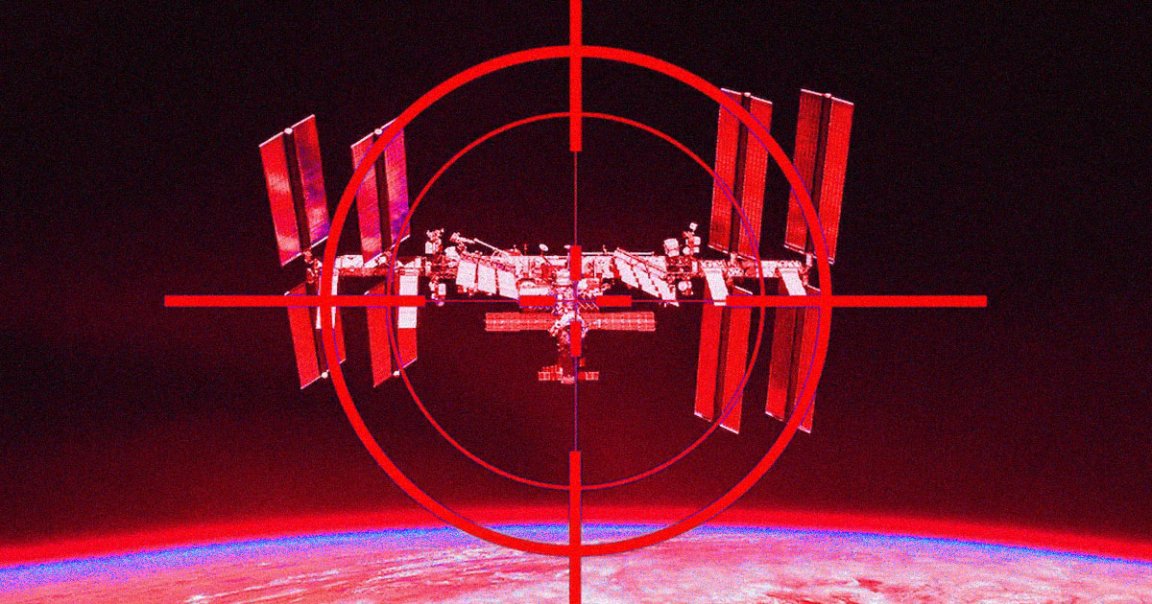
After years of exploring options, NASA has finally decided on how it wants to retire the International Space Station.
As detailed in a new statement, the space agency is hoping to keep the aging outpost alive until the end of 2030. After that, it’ll make the massive structure plunge towards a remote region of the Pacific Ocean known as Point Nemo.
NASA is selling the retirement as a “transition of operations to commercial services,” reiterating its emphasis on supporting private-public endeavors in Earth’s orbit.
In an official ISS Transition Plan sent to Congress, NASA detailed its plans to finally de-orbit the ISS. First, mission control will power thrusters to slowly lower the station’s altitude. Once close to the Earth’s atmosphere, around January 2031, it will perform its final maneuver to ensure it lands in the “South Pacific Oceanic Uninhabited Area (SPOUA).”
That Point Nemo area is a popular place for nations to sink their space debris, with countries having dropped more than 263 pieces there since 1971.
“Not all visiting vehicles can be used to assist in the de-orbit,” reads the plan. “NASA and its partners have evaluated varying quantities of Russian Progress spacecraft and determined that three can accomplish the de-orbit.” NASA may also make use of Northrop Grumman’s Cygnus spacecraft to help.
It’s a bittersweet moment.
“The International Space Station is entering its third and most productive decade as a groundbreaking scientific platform in microgravity,” said Robyn Gatens, director of the International Space Station at NASA, in the statement. “We look forward to maximizing these returns from the space station through 2030 while planning for transition to commercial space destinations that will follow.”
While the ISS may soon be retired, NASA is already looking beyond it to the future. The agency is working with commercial partners to attach docking modules to the station and is also hoping to establish at least one of three commercial space stations with the help of the private industry.
NASA is also still planning on sending astronauts to the Moon well before the station’s retirement. Listed under a deep space exploration goal through 2030 in the transition plan, the agency is hoping to use the ISS as “of an analog for a Mars transit mission.”
It’ll be the sad end to one of the biggest international scientific cooperatives ever undertaken and may well mark the decline of the multi-nation approach to space research and exploration. Both China and Russia, for instance, are hoping to establish their own space stations within the coming years. China, for one, has already sent astronauts to inhabit the first modules in orbit and is planning for its station to be fully operational by the end of the year.
For now, scientists will continue their invaluable hard work on board the aging orbital outpost — while occasionally filling in the literal cracks that are starting to form in the station’s walls.
READ MORE: NASA Provides Updated International Space Station Transition Plan [NASA]
More on the ISS: Astronaut Warns Tom Cruise About Appalling Smell on Space Station